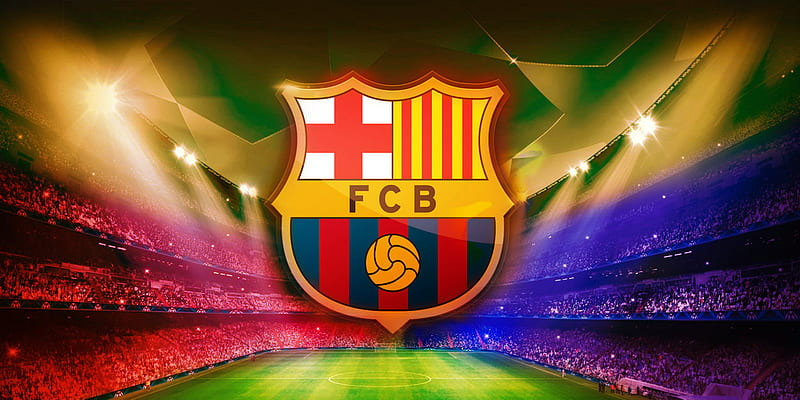Trang chủ Lixi88 – Barcelona Club is more than just a football team; it’s a legacy, a movement, and the heartbeat of millions worldwide. With a history of triumphs and a philosophy built on skill and resilience, Barça has redefined the beautiful game. Beyond trophies, its influence extends into culture, identity, and an unwavering passion for football. Every match is a spectacle, every goal a masterpiece, and every fan a part of a legacy that transcends generations.
Barcelona Club’s Home Stadium
The Barcelona Club calls Camp Nou home, a stadium that symbolizes the club’s grandeur and tradition. Opened in 1957, Camp Nou is one of the largest stadiums in the world, with a seating capacity that allows thousands of fans to unite in support of their team.
Architectural Marvel
Camp Nou is not just a venue for football; it stands as an architectural marvel that embodies the spirit of the Barcelona Club. Designed by the architect Francesc Mitjans, the stadium features a modern design that has undergone numerous renovations to enhance the fan experience.
The iconic structure has witnessed countless historic moments throughout its existence, serving as a backdrop for memorable victories and dramatic encounters. The stands of Camp Nou reverberate with the chants of passionate supporters, creating an atmosphere that is truly unique.
Cultural Significance
For many fans, visiting Camp Nou is a pilgrimage to a hallowed ground, where memories are forged and dreams come alive. The stadium represents the heartbeat of the Barcelona Club, reflecting the fervor of the Catalan people and their unwavering loyalty to the team.
Beyond football, Camp Nou serves as a cultural landmark, attracting visitors from all over the world who wish to connect with the rich history of FC Barcelona. Guided tours provide an opportunity to explore the stadium’s history, its trophies, and the legendary players who have graced the pitch.
Matchday Experience
The matchday experience at Camp Nou is a spectacle in itself, drawing spectators into a world of excitement and anticipation. From the moment fans arrive, they are enveloped in an atmosphere charged with passion and enthusiasm.
Whether it’s the pre-match rituals, the vibrant displays of fan creativity, or the post-match celebrations, the experience at Camp Nou is nothing short of exhilarating. The connection between players and fans fosters a sense of community that reinforces the idea that FC Barcelona is indeed more than just a club.
Tactics and Style of Barcelona Club
The tactical philosophy of the Barcelona Club has evolved through the years, yet certain principles remain constant. Known for its attractive and possession-based style of play, Barcelona has become synonymous with the notion of “tiki-taka,” a technique characterized by short passing and movement.
Possession-Based Football
Central to the tactical philosophy of the Barcelona Club is the emphasis on maintaining possession. This approach allows the team to control the tempo of the game, dictating play and frustrating opponents.
Players are trained to prioritize ball retention, showcasing their technical abilities and spatial awareness. The intricate passing sequences create opportunities for breaking down defensive setups, highlighting the intelligence and creativity of Barcelona’s players.
Pressing and Counter-Pressing
In addition to their focus on possession, the Barcelona Club employs an aggressive pressing strategy aimed at regaining possession quickly after losing the ball. This tactic disrupts opponents’ rhythm and creates turnovers in dangerous areas of the pitch.
The effectiveness of pressing lies in the collective effort of players working cohesively to apply pressure. The high-energy approach encourages relentless pursuit, showcasing the club’s dedication to winning back possession swiftly, which contributes to their attacking capabilities.
Tactical Innovations
As football evolves, so do the tactical innovations employed by the Barcelona Club. Managers have introduced variations in formations and strategies to adapt to different opponents. This flexibility demonstrates the club’s willingness to embrace new ideas while retaining its fundamental principles.
The incorporation of positional play, where players occupy specific zones to create space for teammates, has become a hallmark of FC Barcelona’s style. This fluidity allows for quick transitions and unpredictable movements, making the team difficult to defend against.
